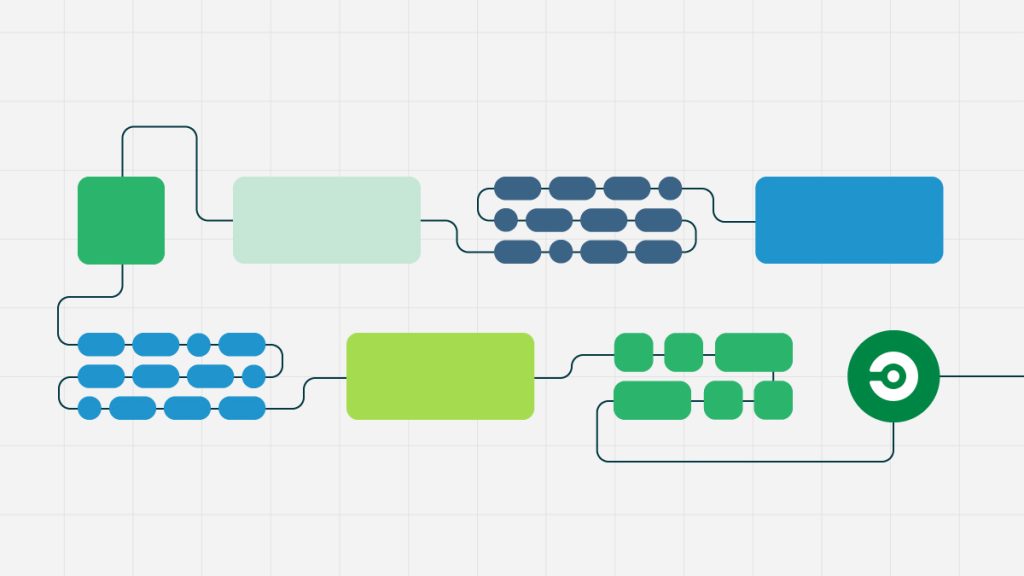
- Software supply chain security involves securing all components and practices that contribute to the development and deployment of software, including third-party code, deployment methods, and developer tools, throughout the entire software development life cycle.
- Software supply chain attacks are becoming increasingly common and easier to execute but the gap in visibility within software supply chains poses significant risks to organizations.
- Federal regulators and industry standards are intensifying their focus on software supply chain security, demanding immediate attention and action.
According to Software Supply Chain (SSC) vendor ReversingLabs, the past year has marked a significant shift in the software supply chain security landscape. High-profile incidents like the 3CX hack and the MOVEit attack underscore the growing vulnerability of software supply chains to malicious actors. These attacks revealed software producers’ and consumers’ difficulty in detecting compromises, particularly when identifying changes in compiled binaries that signal to tamper. The proliferation of malicious packages in open-source repositories such as npm and PyPI further highlights the increasing ease with which attackers can infiltrate software supply chains.
In 2023, ReversingLabs detected a significant increase in malicious activities, particularly on platforms like PyPI, which saw a 400% rise in malicious packages compared to the previous year. This uptick indicates that even less sophisticated cyber actors are leveraging these platforms to launch attacks, often targeting weak links within the supply chain. The persistence of developer secret leaks across platforms like npm and PyPI adds another layer of risk, as these leaks provide attackers with valuable access points into sensitive environments.
As the risks associated with software supply chains continue to escalate, the need for robust security practices and tools becomes more pressing. The SEC’s legal action against SolarWinds is a stark reminder to software producers about the potential consequences of failing to secure their development pipelines. As federal regulations and industry standards evolve, organizations must proactively adopt these measures to safeguard their software supply chains.
Also see this resource, released by CISA and the National Institute of Standards and Technology (NIST), provides an overview of software supply chain risks and recommendations on how software customers and vendors can use tools to respond.


Leave a Reply
You must be logged in to post a comment.